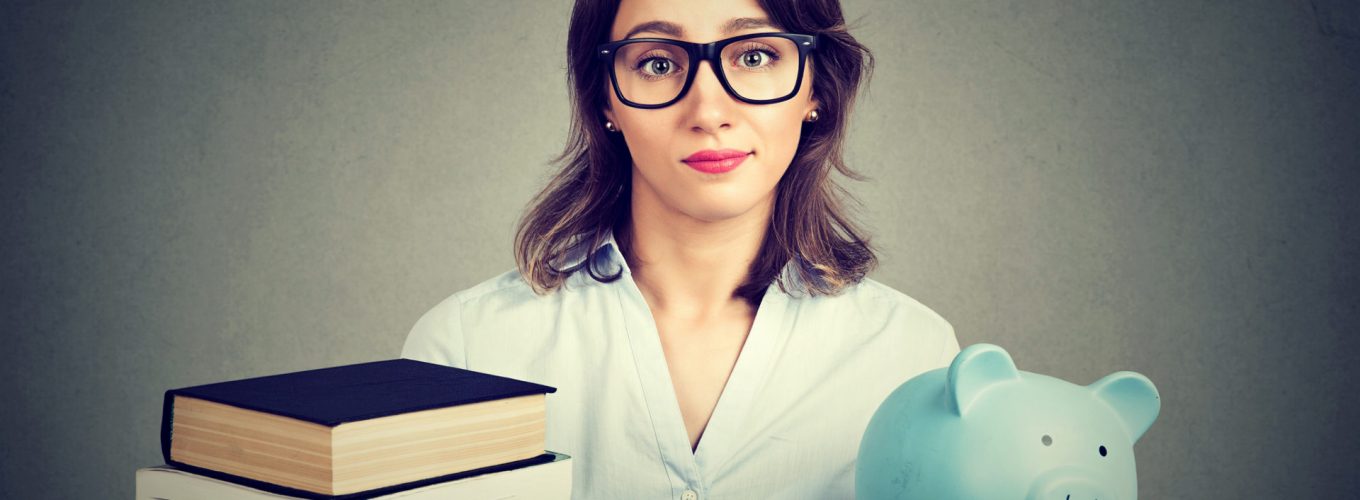The coronavirus presents as significant a challenge to the business models of California’s colleges as it does to their teaching models.
A series of recent articles shows that colleges are struggling with almost paradoxical problems: they’re afraid that covid-19 surges are going to reduce their enrollment and raise their dropout rates … but the students who do remain are often going to need more financial aid and support.
Both the University of California and California State University systems are seeing significant increases in requests for financial aid and support. Sometimes the numbers are dramatic: UCLA has seen requests for additional aid go up by 36%, and UC Riverside students have filed twice as many financial aid appeals as they had the year before.
A survey by the California Student Aid Commission shows that students are hurting: a massive 71% of returning college students say they have lost some or all of their income during the pandemic, and 34% say they’ll need to work more in the fall if they’re going to afford college expenses.
It also says that 21% of college students – over 1 in 5 – say they need to find a cheaper college.
That’s one of the reasons why many colleges are bracing for a wave of students who will be no-shows in the fall.
According to EdSource:
“(H)igher education is worried that a significant number of students may take a term off, drop out altogether, or start at a less expensive community college closer to home rather than a four-year university. And schools are starting to ponder the possibility that health concerns and restrictions could last into spring 2021.”
Thus far, that wave of drop-outs hasn’t materialized: there are no hard numbers to show it’s happening But rising financial aid applications and economic fall-out – along with the uncertain future of programs like federal work study, which keep many students attached to college and afloat – means it is very possible. And if a higher than usual “melt” comes in the fall, colleges could find it financially devastating.
As we’ve noted before, higher education’s business model is in a lot of trouble. If these scenarios come to pass, America may need to decide – again – whether higher education is a public good that should be supported regardless of market conditions.
It’s worth pointing out the degree to which many of America’s most significant economic expansions happened in part as a result of widespread access to both basic and higher education. So it’s worth keeping in mind that while “the market” might not be good for higher ed, higher ed is very good for the market.



